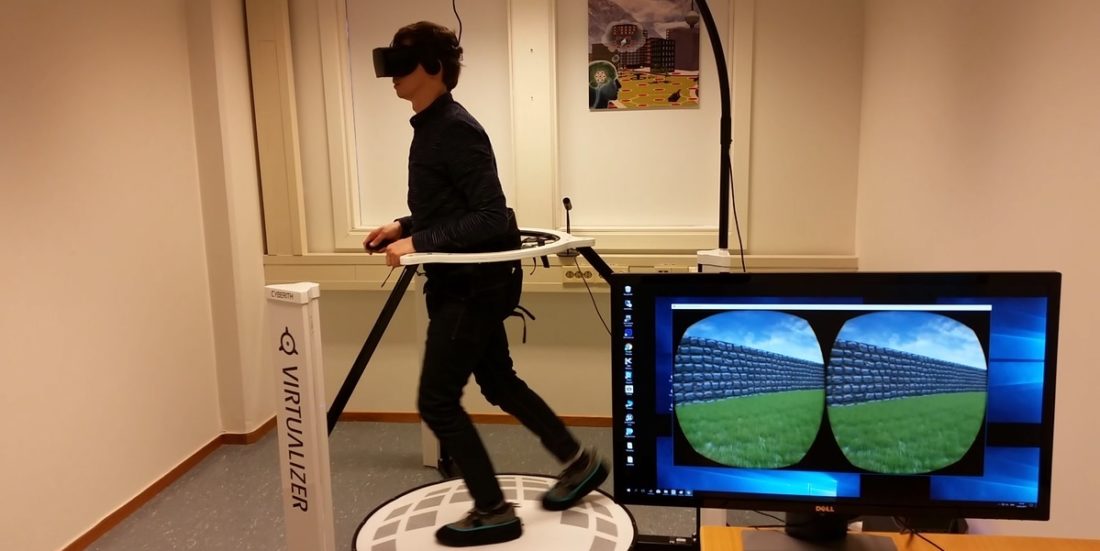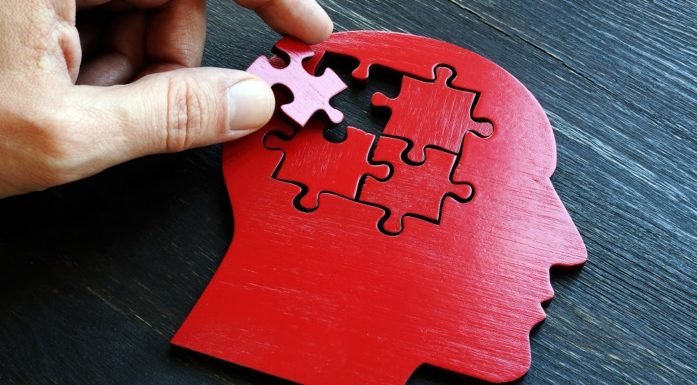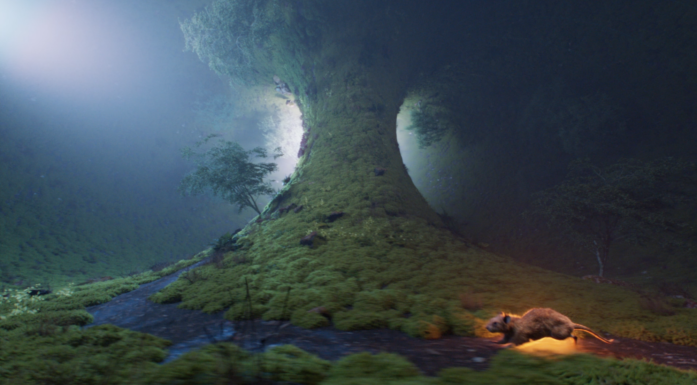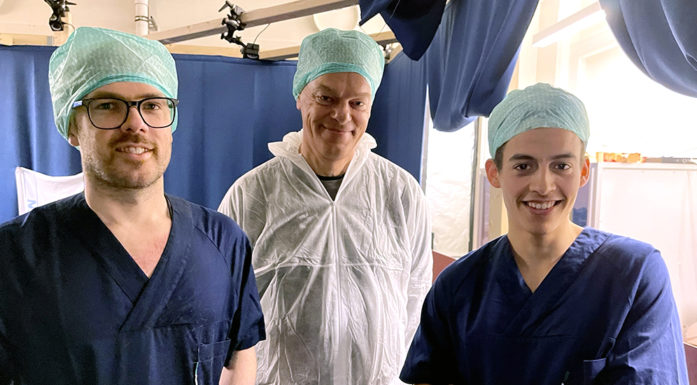Our mental maps are distorted by changed boundaries
We create mental maps as we move around. But these maps can be distorted if the surroundings change. That makes it more difficult to remember where something was.
Researchers are constantly learning new things about how our space-and-place memory actually works.
When we find ourselves in a landscape, we create a kind of mental map that helps us navigate in that landscape. These mental maps include a type of coordinate system, which is thought to be based the regular firing patterns of special neurons in the brain called grid cells. Using that coordinate system, we can assign objects to a specific place on our mental map.
We can also use our mental map to relocate the position of an object in space or judge its relation to other objects; for example we can estimate how far two objects are apart.
But if we disrupt and distort the coordinate system, that makes it more difficult to remember the location of things that were recorded in our mental map.
These are among the findings from researchers at the Doeller/Kaplan Group at the Norwegian University of Science and Technology’s Kavli Institute of Neuroscience. Their results have just been published in Nature Human Behaviour.
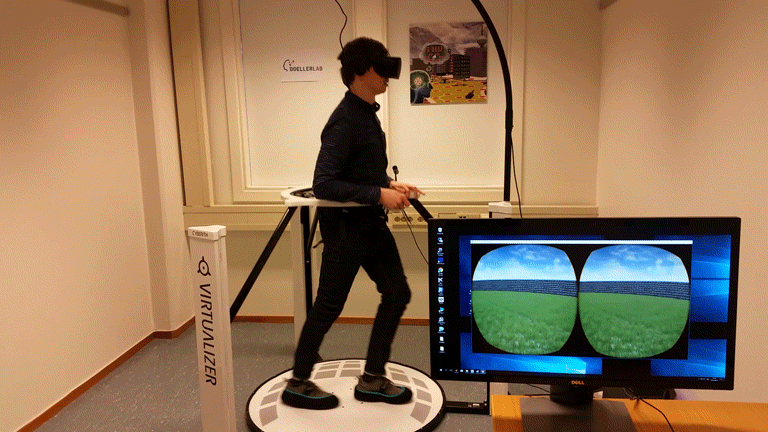
Here’s how participants moved around in their VR world during the experiment. Video: Tom Ruiter. VR landscape: Tom Ruiter and Jacob Bellmund
- You might also like: How your brain experiences time
Virtual reality
Study participants were tested using virtual reality, and were placed in virtual rooms. They moved around in this virtual space using a treadmill-like motion platform.
The participants navigated through a square and a trapezoidal environment to learn where in each room different objects were located.
Each room contained six virtual objects distributed throughout the space. The participants were asked to remember where in the room the six objects were located.
The results showed that it was clearly easier for participants to estimate where something was in the square landscape than in the trapezoidal landscape.
Participants found it particularly difficult to remember the positions of objects in the narrow end of the trapezoidal space.
Participants were also asked to estimate the distance between pairs of objects. Unbeknownst to participants, the actual distances between the objects were the same in both rooms.
In line with a model of the distortions of our mental map’s coordinate system, participants judged distances to be longer in the square than in the trapezoid. Within the trapezoid, participants estimated the distance between objects to be larger at the narrow end of the environment.
- You might also like: From bomb shelter beginnings to the Nobel Prize
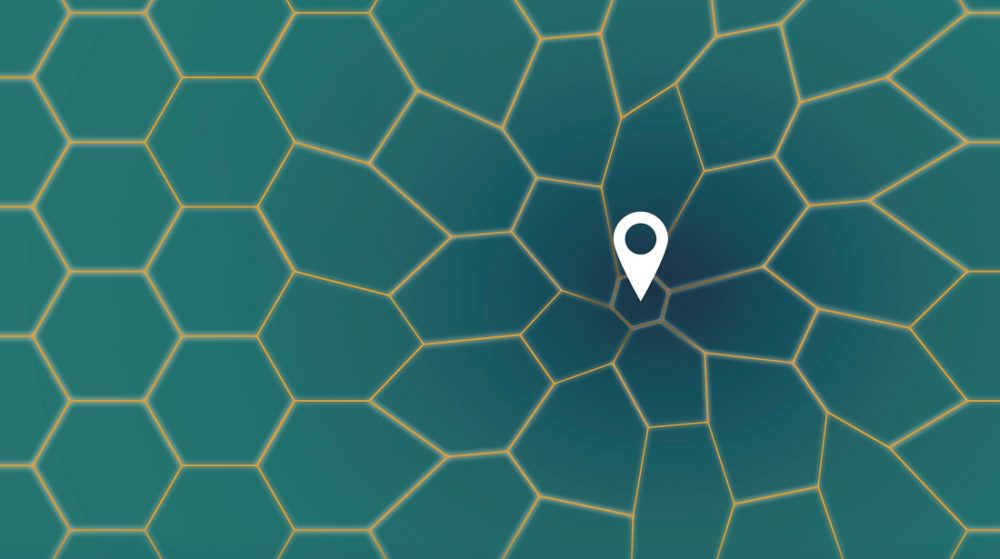
We locate objects in relation to objects, and assign coordinates or boxes to these objects on our mental maps. But when we disrupt and distort the coordinate system, it also becomes more difficult to remember where objects were located in it. Illustration: Max Planck Institute for Human Cognitive and Brain Sciences
Distortions in the coordinate system
These findings are consistent with the notion that the coordinate system used in our mental maps is influenced by the shape of the outer boundaries of the landscape, and that the outer boundaries can distort this coordinate system.
Previous research in rats has shown that the firing patterns of grid cells that form the coordinate system of our mental maps were distorted in a trapezoidal enclosure. This observation has been published by researchers at University College London in 2015. They describe the greatest distortions of grid patterns in the area of the narrow end of the trapezoidal space. The new study published in Nature Human Behaviour describes a similar pattern of distortions in human memory.
Doeller and his colleagues thought that if the coordinate system could be distorted in rats, then this might also happen in humans and affect human memory.
“That’s why we carried out this experiment, with virtual reality, in which the participants learned different positions in space. They did this in a square environment, where the coordinate system should work well, and then in a trapezoidal environment, where the coordinate system of the grid cells should be distorted,” said Jacob Bellmund, a former researcher at the Kavli Institute and first author of the paper.
When the researchers compared how precisely the participants were able to learn the positions, they found that participants did worse with positioning objects in the trapezoidal environment than in the square one. In the trapezoidal environment, their estimates were especially bad in the narrow half.
“This would correspond exactly to the area with the biggest distortions of the grid cell coordinate system,” Bellmund said. “And these distortions of our mental maps are exactly what we predicted based on a model coordinate system.”
Essentially, this means our space-and-place memory is dependent on the external boundaries of the environment in which we are located.
- You might also like: A new twist in understanding the brain’s maps
Interactions between different types of cells
Several types of brain cells are involved in creating mental maps. Grid cells are located in an area of the brain called the entorhinal cortex. Grid cells interact with neurons called place cells in an area of the brain called the hippocampus.
These cells also interact with border cells, as was described in 2008 by NTNU neuroscientists and Kavli Institute for Systems Neuroscience co-scientific directors May-Britt and Edvard Moser. Border cells fire as we approach the boundaries of our surroundings, like a wall.
The Mosers’ identification of grid cells led to their recognition with the Nobel Prize in Physiology or Medicine in 2014. They shared the award with John O’Keefe from University College London, who was the first to describe place cells.
Read more about how Bellmund did his research, in his own words.
Source: Nature Human Behaviour. Deforming the metric of cognitive maps distorts memory. Jacob L. S. Bellmund, William de Cothi, Tom A. Ruiter, Matthias Nau, Caswell Barry and Christian F. Doeller. https://doi.org/10.1038/s41562-019-0767-3
